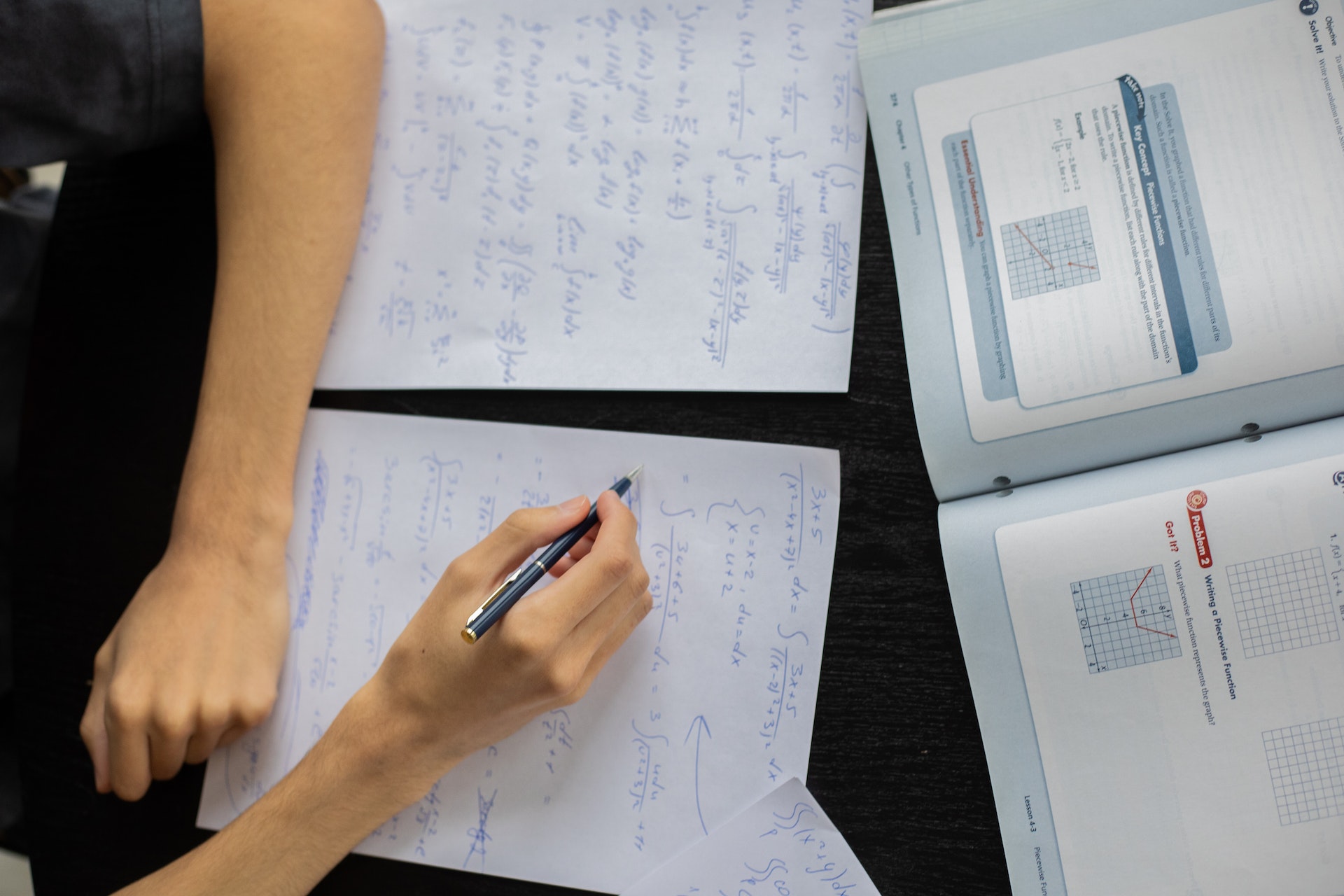For many of us, September means back-to-school; and with that comes added stress and anxiety. Managing your time and getting through your work may be the least of your problems if you have a hard time reproducing what you’ve learned for exams. You might put in a lot of hard work and effort, yet forget much of the information in a few week’s time.
Fortunately, there are several ways to improve your learning skills and memory that can be practiced daily by students and non-students alike. Whether it means choosing the most suitable learning style, adopting more efficient habits, or exercising the brain, these learning tips will help take the stress out of school and work.
Select your learning style
Learning style is largely a personal matter. Some people learn more quickly one way, while others find it easier to absorb information in another way. The four main types of learning styles include visual, auditory, kinesthetic (hands-on), and reading/writing. Material is often presented in a combination of these styles. You may be well aware of which suits you best; or you may want to do some comparison shopping to see what works for you.
Take full advantage of your preferred learning style, but remember that using a variety of learning styles will stimulate multiple parts of the brain and help you learn more quickly.
Schedule your learning
It is important to prevent situations where you need to “cram” for a test, squeezing all your learning into a short, stressful period of time. Adopting a study pattern that fits your schedule will improve your confidence and interest in the subject matter.
- Make a weekly schedule and post it somewhere highly visible so you won’t forget it.
- Mark the various topics in different colors so they are easily differentiated.
- Choose one day of the week to plan your schedule and be consistent with the practice.
- Choose another day of the week to test yourself on your accumulated knowledge.
- Stick with the schedule as much as possible, focusing on each subject in turn.

Take handwritten notes
Success
You are now signed up for our newsletter
Success
Check your email to complete sign up
Researchers have found that handwritten notes facilitate learning, as some physical attributes are registered in the brain, and a connection is established pertaining to the information.
- Take notes manually. This requires you to focus on the information provided, initiating the learning process. Compose your notes in your own words in an abbreviated, but understandable format.
- Write the keywords and key points on the left-hand side of the notes and explain details on the right-hand side. This clarifies the message and encourages accuracy in gathering information.
- Underline or highlight the key points and the main heading to draw your attention to these important elements.
- Make diagrams and pictures for visual study aids.
- Review your notes according to your schedule, then test your knowledge by answering questions without looking them up. This will build confidence and enhance your performance in exams.
Utilize various learning tools
Applying different tools and techniques to your study habits is yet another way to actively engage your brain.
- Flash cards: Making flash cards is a valuable learning experience, and the completed work can be easily carried around for review. Flash cards can be general or specific, highly detailed or simple, pictorial or written — depending on your needs. Organizing the cards in different ways can help you gain a more thorough understanding of the material.
- Mnemonics: By creating associations between new information and easy-to-remember sounds, sequences or expressions, one can facilitate the memorization of large quantities of information. Mnemonics can take many forms, and once learned, will stick with you for a lifetime.
- Spaced repetition: This technique is based on breaking up your information into smaller portions for frequent review at optimally spaced intervals over an extended period of time. When properly applied, spaced repetition is proven to enhance long-term memory and improve practical application of the knowledge.

Fun tricks to keep your brain on at its best
- Walk backward while studying. This is said to boost memory.
- Do some physical activity before studying. After exercise, your brain is clear and ready to learn.
- Draw the number “8” with both the right and left hands. This will activate both sides of your brain.
- Turn your book upside down, and try to read it aloud. This requires added focus, which will enhance your comprehension.
- Look away from your book or computer every 20 minutes for at least 20 seconds. This will give the eyes and brain a healthy break.
Final advice
Studying while drowsy is inefficient. Be sure to get enough rest. When you wake up, your brain will be fresh and ready to take in new information.
Remember that the point of learning is to clearly understand the concepts — not for the sake of scoring high marks or recognition. Try to develop an interest in the subject; your focus will improve and you will grasp the material and master it naturally.

















